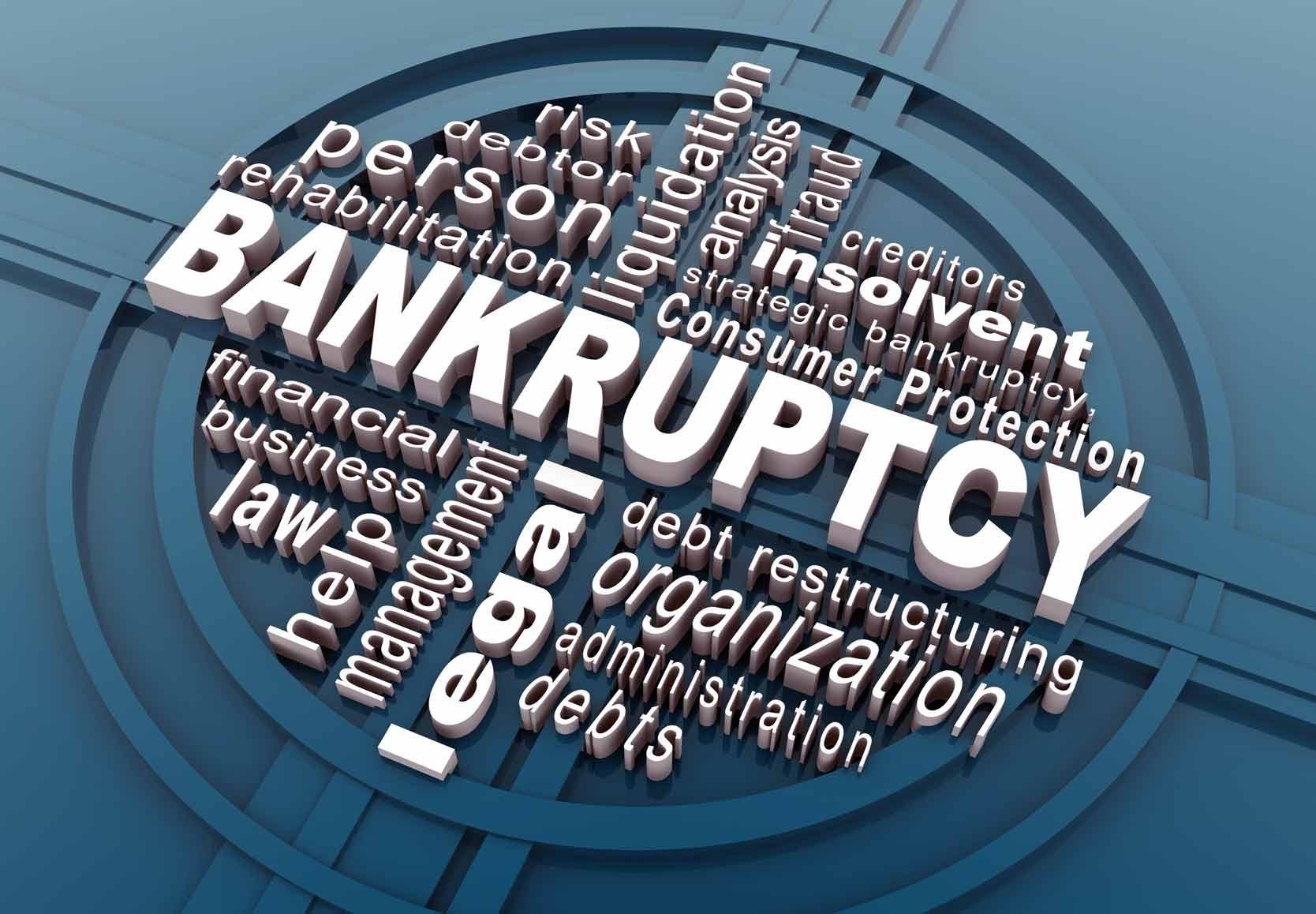INTRODUCTION
The case of Victory Iron Works Ltd. v. Jitendra Lohia & Anri.is a combination of two independent appeals; Civil Appeal No. 1743 of 2021 and Civil Appeal No. 1782 of 2021 filed by Victory Iron Works Limited (“Appellant No. 1”) and Energy Properties Private Limited (“Appellant No. 2”) respectively (hereinafter collectively referred to as “Appellants”), challenging the impugned order of the National Company Law Appellate Tribunal (“NCLAT”) dated April 08, 2021, which had confirmed the order of the adjudicating authority in two applications in the course of the corporate insolvency resolution process (“CIRP”).
The instant case pertains to a dispute between three companies, being Appellant No. 1, Appellant No. 2 and Avani Towers Private Limited (the “Corporate Debtor”) in relation to 10.19 (ten point one nine) acres of land situated at Ramrajatala Station Road, Howrah, West Bengal (“Property”).
The facts leading to the case are as follows:
The Hon’ble Supreme Court while dealing with the issue pertaining to the nature of right of the Corporate Debtor over the Property, analysed the definition of property and asset. The term property as defined under Section 3(27) of IBC includes “money, goods, actionable claims, land and every description of property situated in India or outside India and every description of interest including present or future or vested or contingent interest arising out of, or incidental to, property”. The term asset, as per Section 102(2) of the Income Tax Act, 1961 includes “property or right of any kind”. The Apex Court further noted that under Section 18 and Section 25 of IBC, the term asset has been used, and the explanation to Section 18 of IBC provides specifically that the said explanation shall be applicable only for the purposes of Section 18 only, and thereby not extending to Section 25 of IBC. Thus, the exclusion of assets owned by a third-party, but in the possession of the Corporate Debtor held under contractual arrangements, is limited to Section 18 of IBC only and would not extend to Section 25 of IBC.
Further, to determine the rights and interest of the Corporate Debtor over the Property, the Hon’ble Supreme Court took into consideration all the agreements that have been signed between the Appellants and the Corporate Debtor. As per the memorandum of understanding dated January 24, 2008, the Corporate Debtor agreed to provide financial assistance to Appellant No. 2 in lieu of receiving 40% (forty percent) shareholding in the company and an exclusive development right over the Property. Pursuant to the development of the Property, 60% (sixty percent) of the total constructed area with the proportionate undivided share of land was agreed to be in the name of the Corporate Debtor. Further, it was agreed under the memorandum that if a definitive agreement capturing the above understanding is not entered into by the parties, the Corporate Debtor shall be entitled to create a charge over the Property. Subsequently, the shareholders agreement dated January 24, 2008 was executed, to transfer the 40% (forty percent) of the shareholding of Appellant No. 2 in favour of the Corporate Debtor. Thereafter, a sale certificate dated January 29, 2008, was executed by and between Appellant No. 2 and authorised officer of UCO Bank. Further, the development agreement dated June 16, 2008, and memorandums recording possession dated March 02, 2010 and June 24, 2010, were entered between Appellant No. 2 and the Corporate Debtor to hand over the possession of the Property in favour of the Corporate Debtor. On August 19, 2011, Corporate Debtor as ‘licensor’ and Appellant No. 2 as ‘a confirming party’, jointly entered into a leave and license agreement in favour of Appellant No. 1. Admittedly, this agreement was confined to land of the extent of 10,000 sq. ft. (ten thousand square feet) out of the total extent of Property and as per clause 7 of the agreement, Applicant No. 1 cannot claim any right or exclusive possession or tenancy in respect to the licensed area. Therefore, on perusal of the leave and license agreement, the Hon’ble Supreme Court refused to acknowledge the claim of Appellant No. 1 regarding its exclusive possession over the entire Property.
On perusal of the above-mentioned legal provisions and documents envisaging the rights of the Corporate Debtor over the Property, the Hon’ble Supreme Court observed as follows-
“It is crystal clear that the Corporate Debtor gained a number of rights and interests over the Property. As a result, the development rights created in the Corporate Debtor’s favour constitutes ‘property’ under Section 3(27) of the IBC and are definitely liable to be included by the resolution professional in the information memorandum and the resolution professional is duty bound under Section 25(2)(a) to take custody and control of the same.”
While dealing with the issue pertaining to the jurisdiction of NCLT and NCLAT to recover/protect the possession of the Corporate Debtor, the Hon’ble Supreme Court observed that the NCLT and NCLAT had the requisite jurisdiction to determine the issue and have done a delicate act of balancing the rights of Appellant No. 1 and the Corporate Debtor. While discussing this issue, a reference was made to the case of Tata Consultancy Services Limited v. SK Wheels Private Limitedix, wherein it was observed that “if the termination was on an ipso facto clause i.e., the fact of insolvency itself, then NCLT will have jurisdiction, but that there was no residuary jurisdiction for NCLT, if the termination of a contract is based on grounds unrelated to the insolvency.” The Hon’ble Supreme Court in this regard, held that the decision in Tata Consultancy, rather than being in favour of the Appellants, actually supports the case of the Corporate Debtor. Further, the Apex Court went on to state that none of the decisions relied upon by the Appellants pertain to the rights and interests of a Corporate Debtor in an immovable property.
The Hon’ble Supreme Court further highlighted that the only case which is identical to the case at hand is Rajendra K. Bhutta v. Maharashtra Housing and Area Development Authority & Anr.x, wherein the parties entered into a tripartite joint development agreement after which a CIRP proceeding was initiated against the corporate debtor. In this case, the NCLAT refused to treat the property as the asset of the corporate debtor. However, the Apex Court reversed the NCLAT order by observing that termination of the agreement was hit by section 14(1)(d) of IBC and thus, corporate debtor still had right over the property.
Upon applying the above provisions and precedents to the present case, it was observed that the application filed by Appellant No. 1 is silent on the occupancy of land over and above what has been permitted under the leave and license agreement. Moreso, the status of Appellant No. 1 is that of a licensee and not a lessee, and a license does not in any manner, create any interest in the Property.
Thus, the Hon’ble Supreme Court dismissed the appeal and upheld the impugned order of the NCLAT dated April 8, 2021
CONCULSIONThe Hon’ble Supreme Court has, in the instant case, dwelled upon the duties of the interim resolution professional and resolution professional under Section 18 and Section 25 of IBC to determine the position of law surrounding the terms property and asset. Further, it was concluded that the right of development over the Property would constitute an intangible asset of the Corporate Debtor and thus, the resolution professional was permitted to take control over such assets during CIRP proceedings. Furthermore, the Apex Court held that the NCLT and NCLAT are permitted to exercise their jurisdiction to pass directions to the governmental authorities in cases where the issue pertains to insolvency.
i2023 SCC OnLine SC 260.
ii(2020) 13 SCC 308.
iii(2021) 7 SCC 209.
iv(2022) 2 SCC 583.
vSupra note at (ii).
viSupra note at (iii).
viiSupra note at (iv)
viii(2019) 2 SCC 241.
ixSupra note at (iv).
x(2020) 13 SCC 208.



